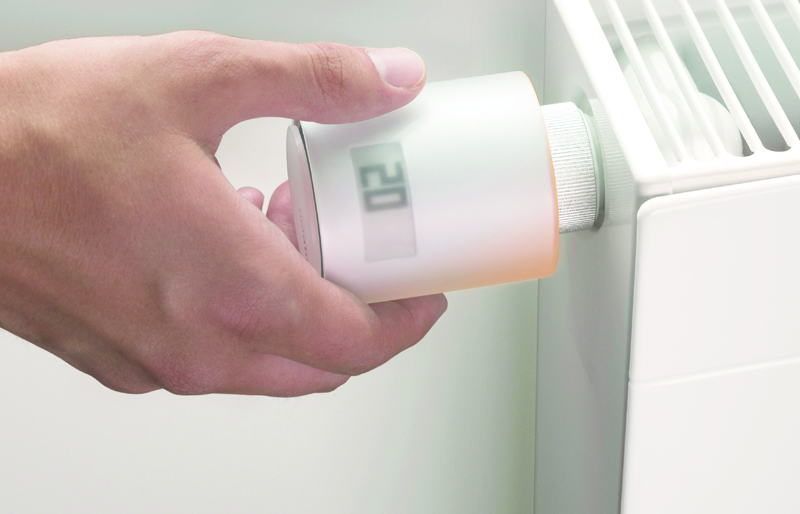
When installer Tom Walker read about Netatmo in PE earlier this year, he was keen to find out if it was a business opportunity that could work for him. Having recently completed his first installation he’s now in a position to give his thoughts.
PE: What made you sign up to become a Netatmo Pro installer?
TW: I’ve had a few customers ask about smart home products recently, so it seemed like a good time to have a look into what Netatmo was offering. I keep seeing the company’s articles and adverts and lots of people in the industry are talking about Netatmo, so I thought I’d find out for myself whether it was worth all the hype.
Was it is easy enough to get registered as an approved installer? Do you need any specialist knowledge, other than your electrician’s training?
Registering as a Netatmo Pro installer was pretty straight forward. I logged onto the website and read up about the products on offer. Once you’ve learned all about the products, you need to pass an online assessment and then you’re good to go. At first glance the concept can look complicated, but when you get into it you only need a basic understanding of how digital technology works. Knowing a little bit about heating systems also comes in handy as one of the main products Netatmo offers is for smart heating.
Tell us more about your first installation
My first installation was for a local customer who wanted smart heating controls and a security camera fitted. The customer was based near me in south Wales, but travels a lot with his job so wanted the flexibility of being able to have the heating on as/when he needed it rather than having to re-programme the boiler all the time.
As he’s sometimes away overnight or at weekends, the security camera was just peace of mind that his property was secure when he wasn’t there. Netatmo had products I knew would meet the customer’s needs, so I went in for my first smart home install.
What was that like?
Easier than I thought actually! I needed to replace the customer’s radiator valves with smart TRVs as this would allow them to easily set-up zone heating and also control their heating remotely using an app. In the past this kind of system would’ve been hard-wired, but the Netatmo product is wireless and runs off the Wi-Fi, making it really simple to set-up.
To change the radiator valve, you just take the existing valve off – which can be done by hand – and then fit the Netatmo valve on. In your kit, you have different gauges to choose from, so there’s always one that’s going to fit. You don’t need any special tools to install the valve or the system; just screwdrivers, snips and an allen key.
Getting the valve to talk to the control unit was probably the bit I was most worried about but it just does it itself. As such, you don’t need to be a real whizz with digital technology.
What was the security camera like to install?
Much like the radiator valves, it was really simple. I installed the camera on the outside of the property and then linked to a security app which will tell the customer when people come to the door. The image is clear enough to read the number plates of passing cars and it also offers object recognition (cars, people or animals) so you can dig deeper into what you want to be notified about and what you don’t. It’s a nifty piece of kit and I’m recommending it to all my customers at the moment.
Do you think being a Netatmo Pro installer is going to work for your business?
Definitely. Home automation is the future, it’s the way it’s all going. With Netatmo, I can offer customers smart heating and security products, like the outside camera, door and window sensors, which all improve the safety and security of a property. The products are good quality and I feel comfortable recommending them. It’s really impressive to tell customers you can do all this smart home stuff, but in reality it’s really simple to do.
How are you promoting your new service?
As part of the Netatmo Pro offering you get a directory listing on their website so customers can find you in a local installer search. Rather than waiting for leads to come in, I’m being proactive and speaking to my existing customers about the new service and products I now offer.





